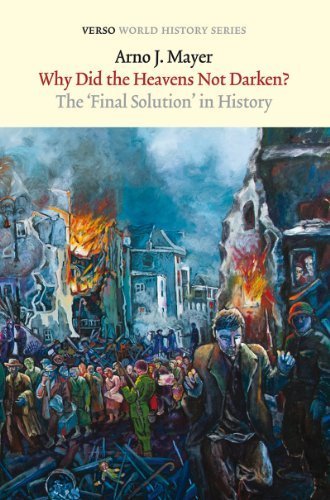What do you think?
Rate this book


Unknown Binding
First published December 24, 1988
"The Judeocide was forged in the fires of a stupendous war to conquer unlimited Lebensraum from Russia, to crush the Soviet regime, and to liquidate international bolshevism. The regular Wehrmacht and the special Waffen-SS first blazed the trail for the Einsatzgruppen and then exercised the power of last resort over the territories and populations surrounding the extermination sites. Without Operation Barbarossa there would and could have been no Jewish catastrophe, no "Final Solution." Not that the Jews went unscathed in the period between the invasion of Poland on September 1, 1939, and the invasion of Russia on June 22, 1941. During this early phase of the Second World War, between 5,000 and 1 0,000 Jews, virtually all of them adult males, were murdered individually, and twice to three times that many Jews of both sexes died of malnutrition and disease, above all in the ghettos of Warsaw and Lodz. But this killing was neither systematic nor comprehensive: it affected a small percentage of several Jewish communities and it was confined to German-occupied Poland."